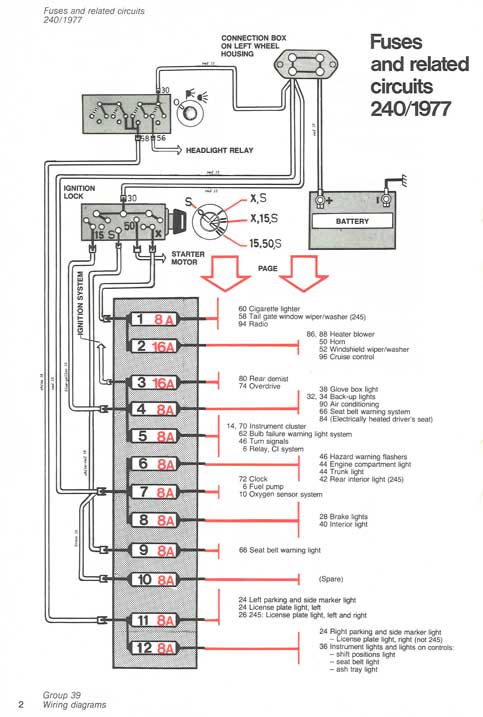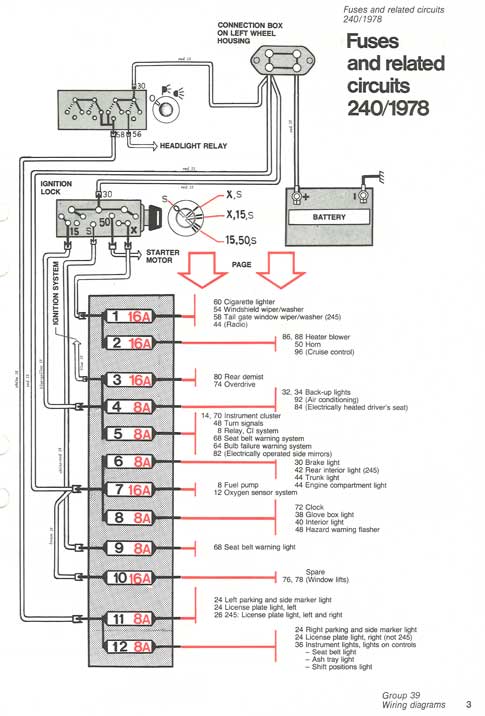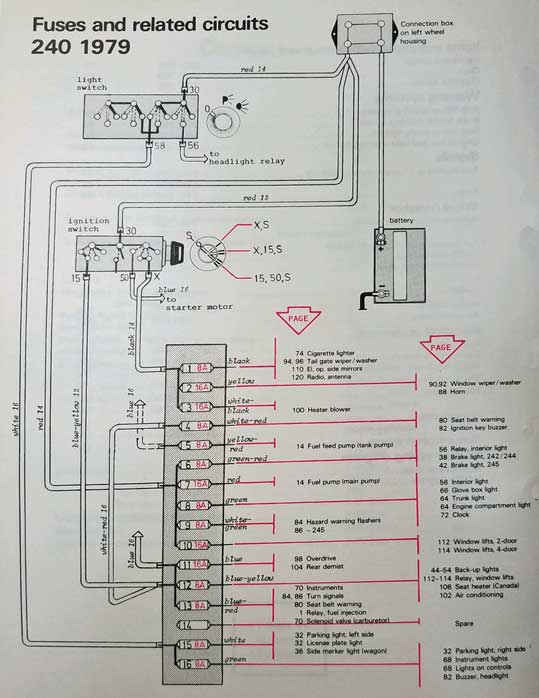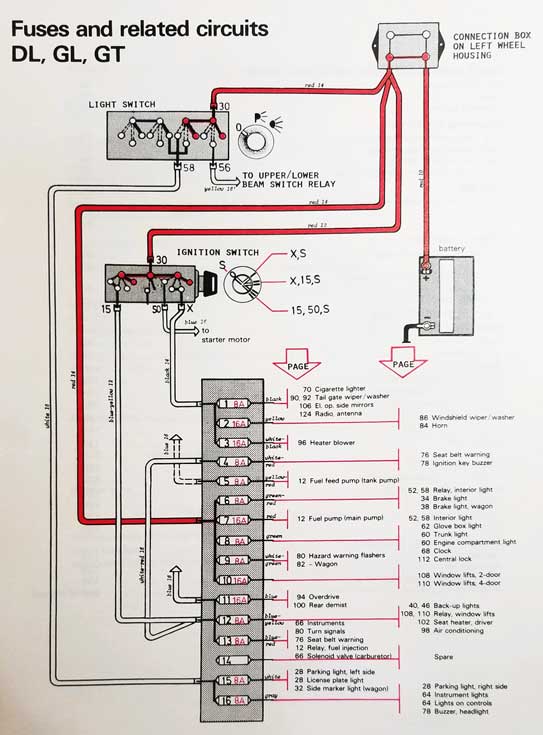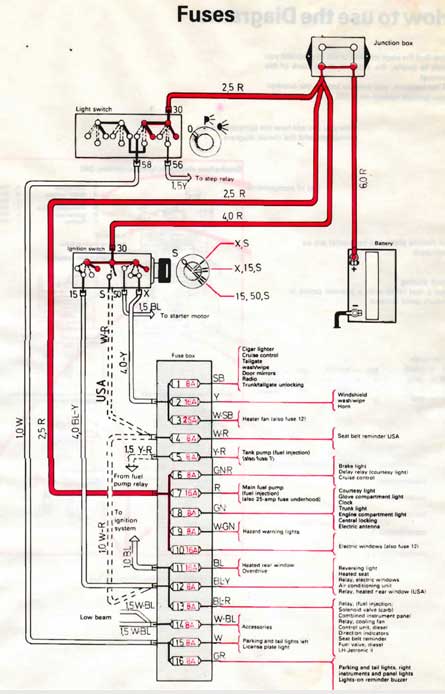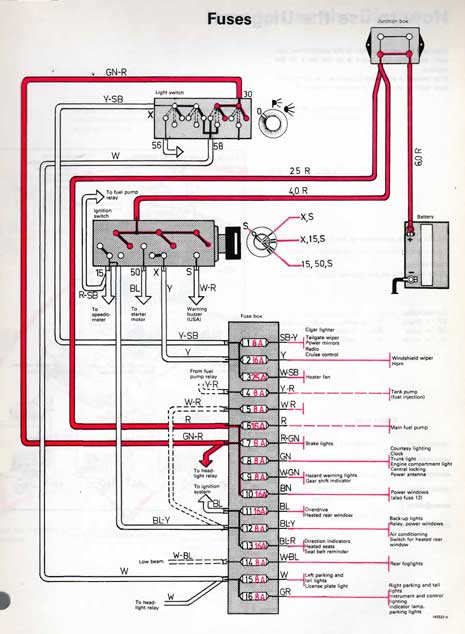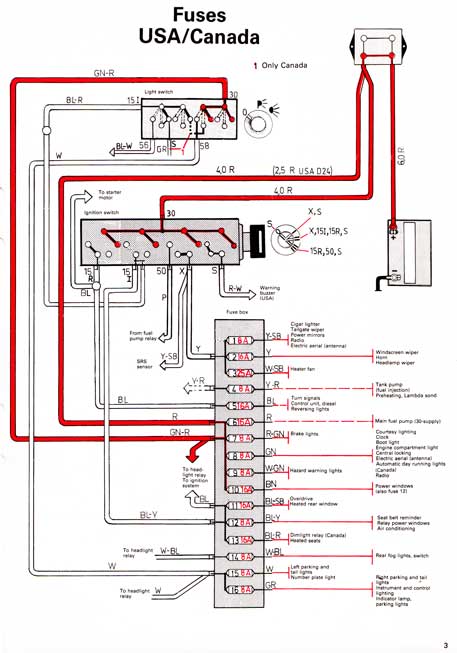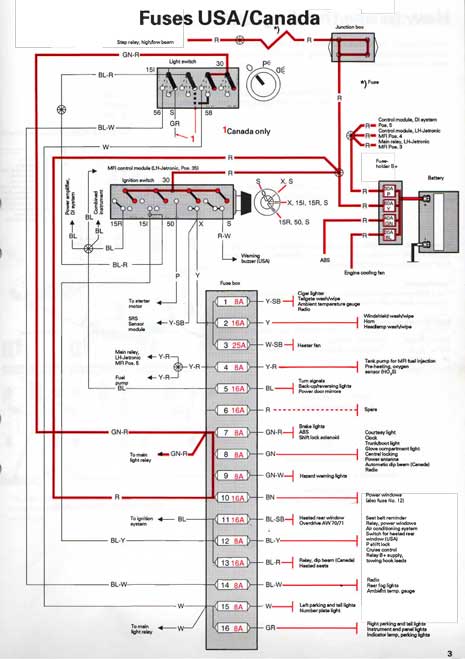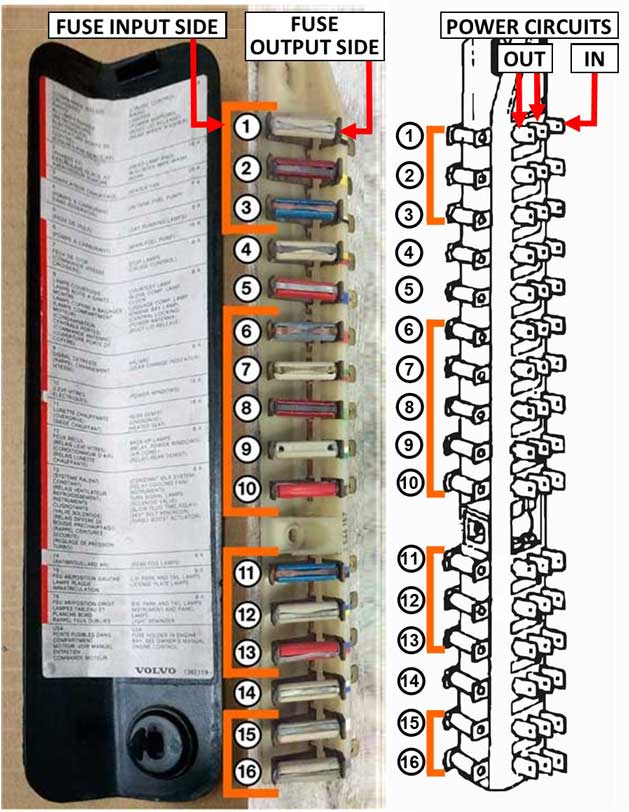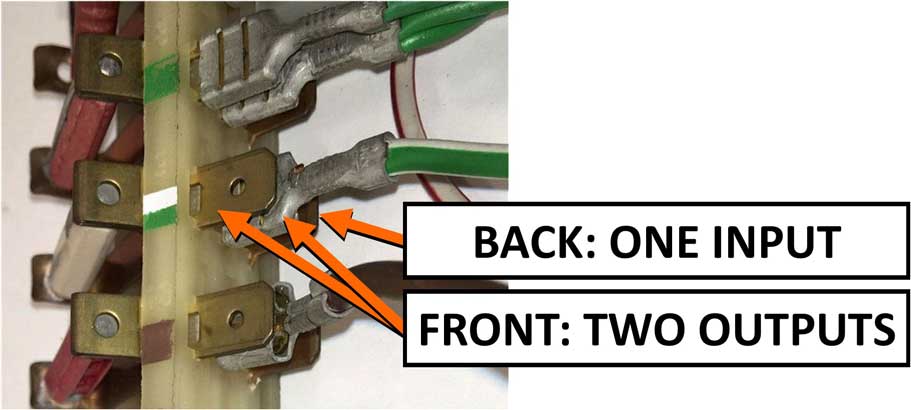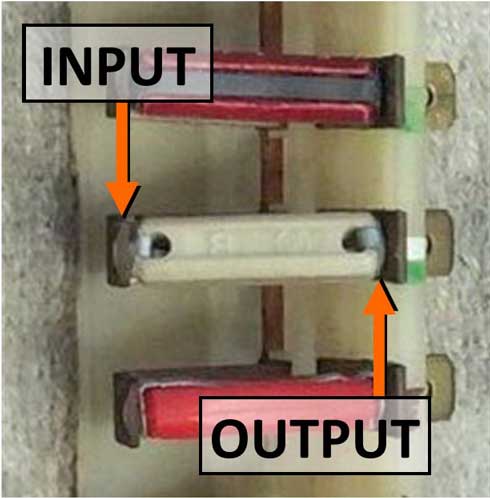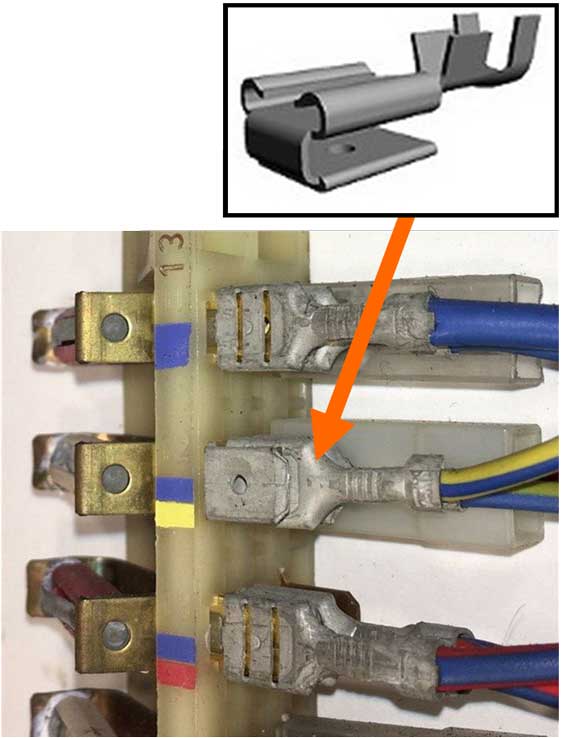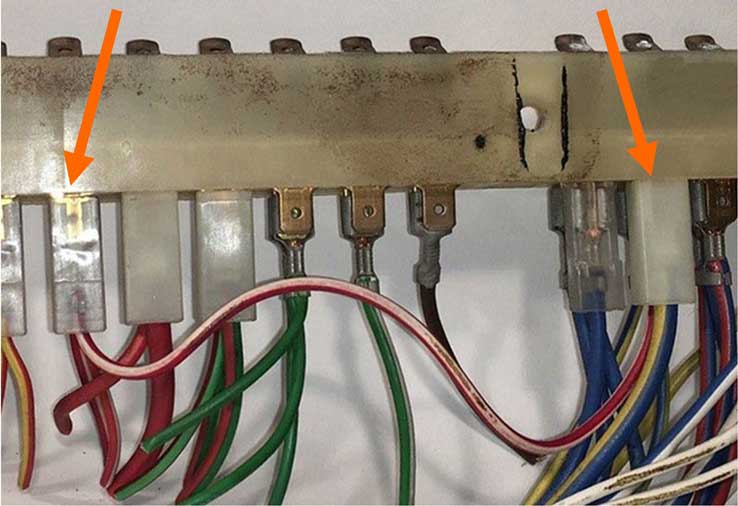| 240 Fuse Panel Page |
 |
Updated: September 23, 2025 CONTACT 
|
D O
M A I N S   |
|||
 |
 |
 |
 |
 |
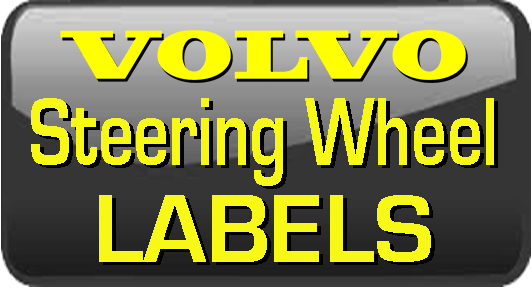 |
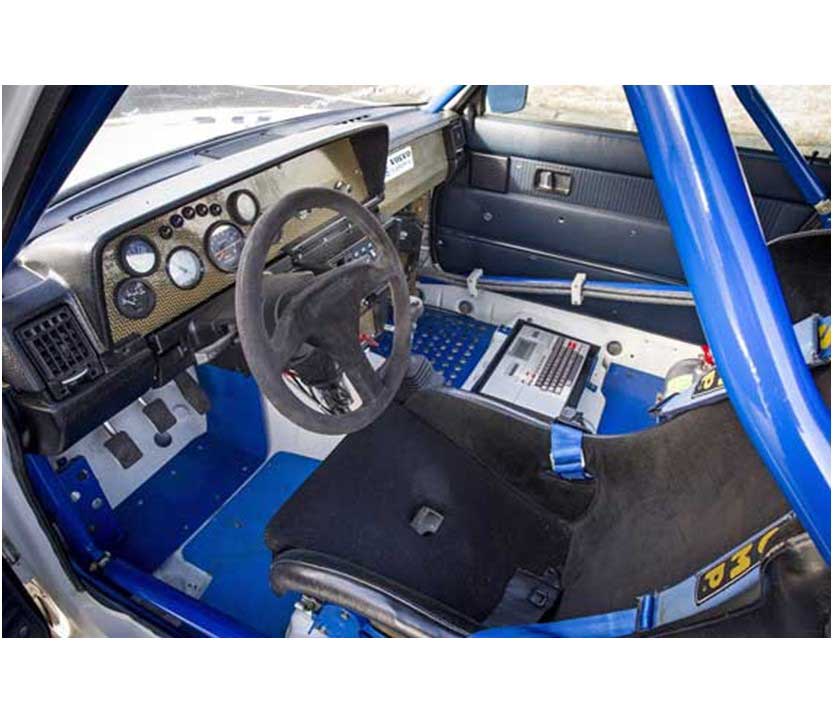 |
 |
 |
 |
 |

|

|
|
 |
 |
 |

|
|
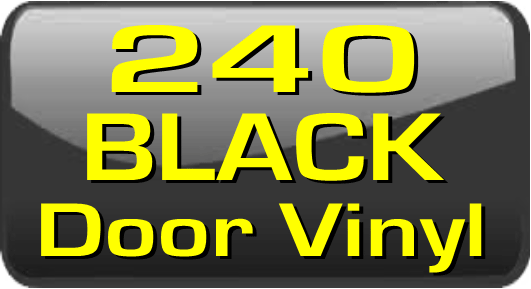 |
 |
 |

|
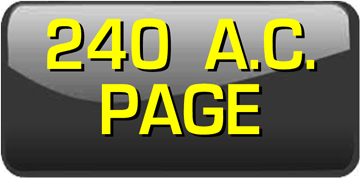 |
 |
 |
 |
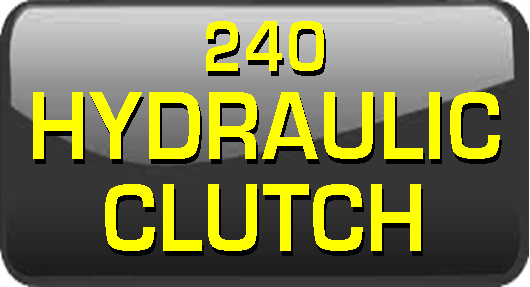 |
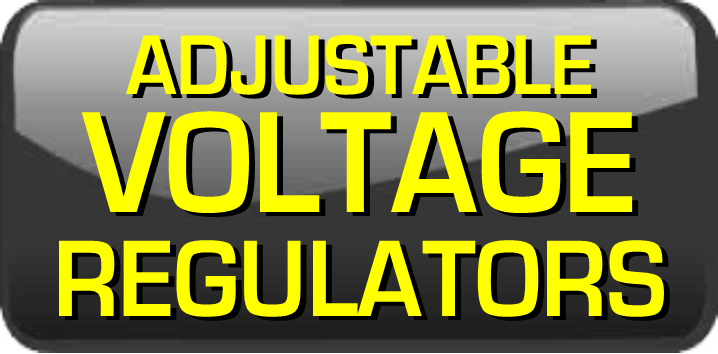 |
 |
 |
 |
 |
 |
 |

|

|
 |
 |

|
 |
 |
 |
 |
 |
| 240 Fuse panel Diagrams |
Fuse Panel Inner Workings |
| 240 ABS Fuse |
|
| Anti-Corrosive Zinc Paste | |
If you can help with these diagrams or have a suggestion, please email: CONTACT
Inner Workings of the 240 Fuse Panel
|
|||||||
| Fuse for ABS Relay If you're looking for the ABS relay or FUSE in an ABS equipped 240, it appears it may be under the passenger seat or under the dash behind the glove box. The below images are from this TB discussion: https://turbobricks.com/index.php?threads/1991-245-abs-fuse-location.380262/ 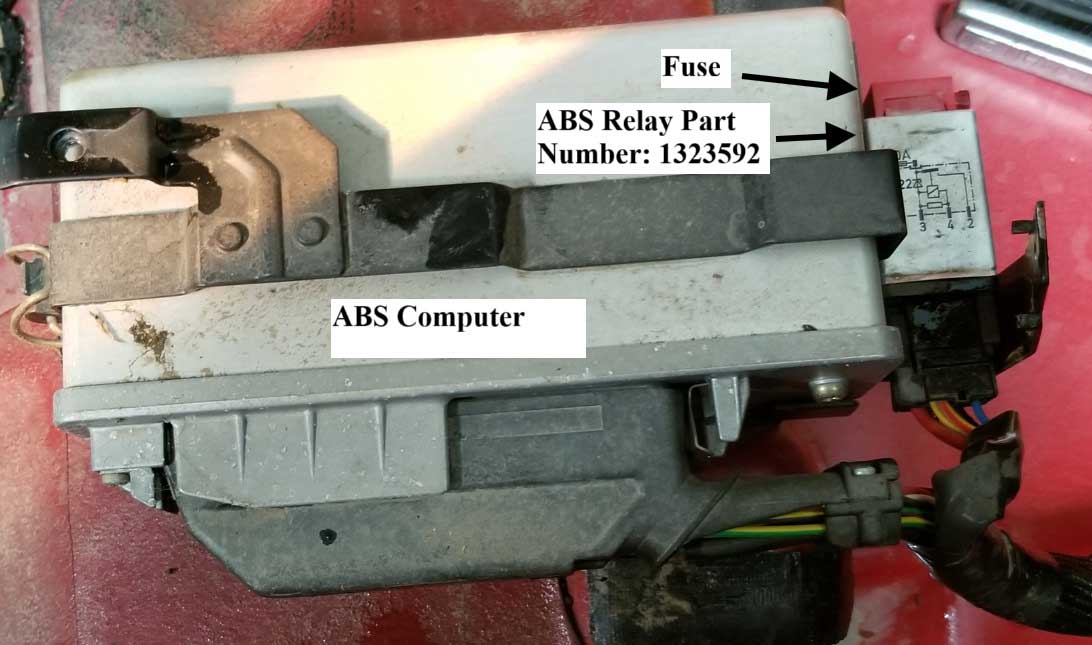 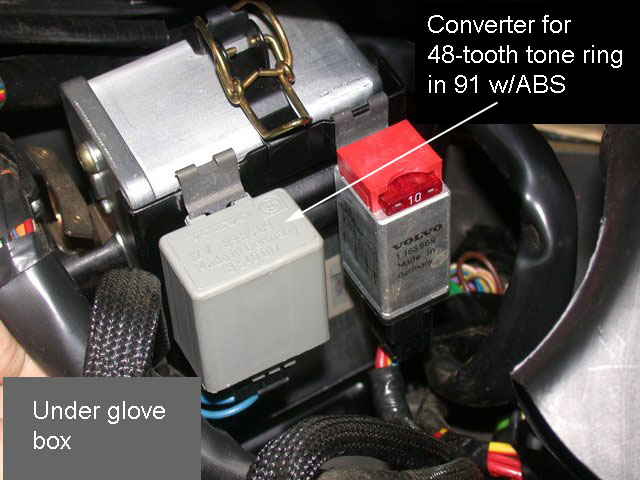 |
| Keep Your Fuse Panel Circuits Clean and Corrosion Free 240s have a reputation for corrosion problems with the fuses in this panel. You'll find references to people "spinning" a fuse to help with contact if something stops working. This really isn't entirely the fault of the fuse design, since corrosion can happen to any electrical connection. The most common reason for such corrosion is the climate environment and age. A wet or corrosion-prone environment, especially if the car is stored outdoors, will introduce corrosion faster, but there are ways to avoid it. Have a look at the recommendation below for using anti-corrosive zinc paste. Using this on fuses (and also on the input/output spade connections) will remove many future headaches caused by electrical glitches. |
| ANTI-CORROSIVE
ZINC PASTE If we can just just keep our electrical connections clean and tight, almost all of the electrical issues would be gone forever. That would be nice, right?  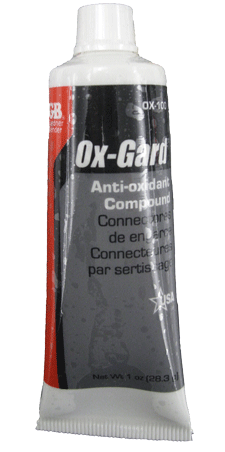 I
have owned a number of Volvos
over the last 30 years and my
current 240 is way over 30 years
old. It almost never has
electrical problems. Nothing
like the endless numbers of
other 240s out there that I hear
about so often. What's the
difference you ask? The
difference is that my 240 has
been always garaged all of its
life. Why is that
important? Because leaving
any car out in the open elements
for years and years slowly
introduces corrosion to grounds
and power connections until
things begin to go wrong. I
have owned a number of Volvos
over the last 30 years and my
current 240 is way over 30 years
old. It almost never has
electrical problems. Nothing
like the endless numbers of
other 240s out there that I hear
about so often. What's the
difference you ask? The
difference is that my 240 has
been always garaged all of its
life. Why is that
important? Because leaving
any car out in the open elements
for years and years slowly
introduces corrosion to grounds
and power connections until
things begin to go wrong.
So if you own one of those cars that has been outside forever, it's not too late. You can still clean as many grounds and electrical connections as possible. And while you're at it, I recommend that you smear a little anti-corrosive zinc paste on those connections. Many people in the Volvo community gravitate toward Ox-Gard, which does a similar job. The below information was contributed by Ron Kwas and should come in very handy to old Volvo owners: Anti-Corrosive Zinc Paste (a generic name for zinc dust contained in a grease) was originally developed for and later required by electrical codes for use on alumunum to copper electrical connections (or other dissimilar metal connections). No, it's not the same as Dielectric Grease, which is often incorrectly recommended. Dielectric Grease can offer some protection in the form of encapsulation from moisture, but it also carries with it the potential disadvantage of locking in moisture or corrosion which may have already begun. Anti-Corrosive Zinc Paste (or ACZP) is the next evolution of the encapsulation principle, because zinc (the lowest on the Galvanic nobility chart) neutralizes corrosion on a micro-scale to truly protect connections on a long-term basis during the encapsulation, INCLUDING an added protection from corrosion which may otherwise begin to form in that connection. Ron uses and recommends Penetrox A (by Burndy). Many Volvo fans are familiar with Ox-Gard, which is a similar zinc compound. Ron and I are huge advocates of treating ALL electrical connections on our cars (except of course High Voltage Ignition connections) with a suitable version of this material. You can learn more about this stuff at Ron's page here: http://www.sw-em.com/anti_corrosive_paste.htm |
